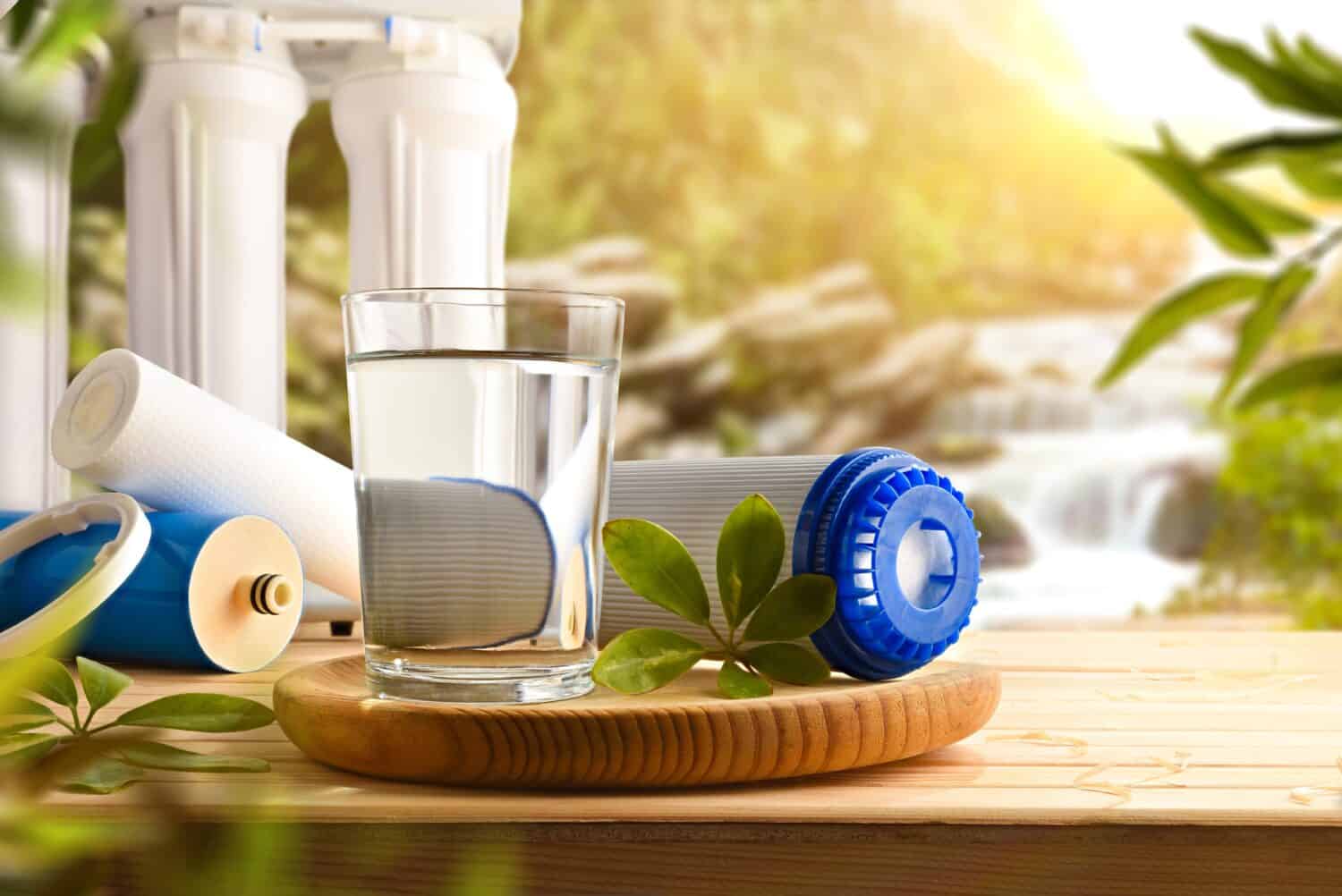

Distilled vs. Purified Water: 4 Differences & Health Benefits
Drinking water throughout the day is essential to maintaining good health. Water aids in cell function, temperature regulation, digestive health, and weight management, and flushes toxins from the body. At the grocery store, you will find many brands and types of water. Choosing the right kind of water can be daunting if you don't know how they differ.
Have you ever wondered what the differences are between distilled water vs. purified water? While distilled and purified water are forms of treated water, they undergo different processes to remove impurities. Let us examine four key differences between these two types of water, including processing, purity levels, uses, and health considerations.
Distilled vs. Purified Water: What Are They?
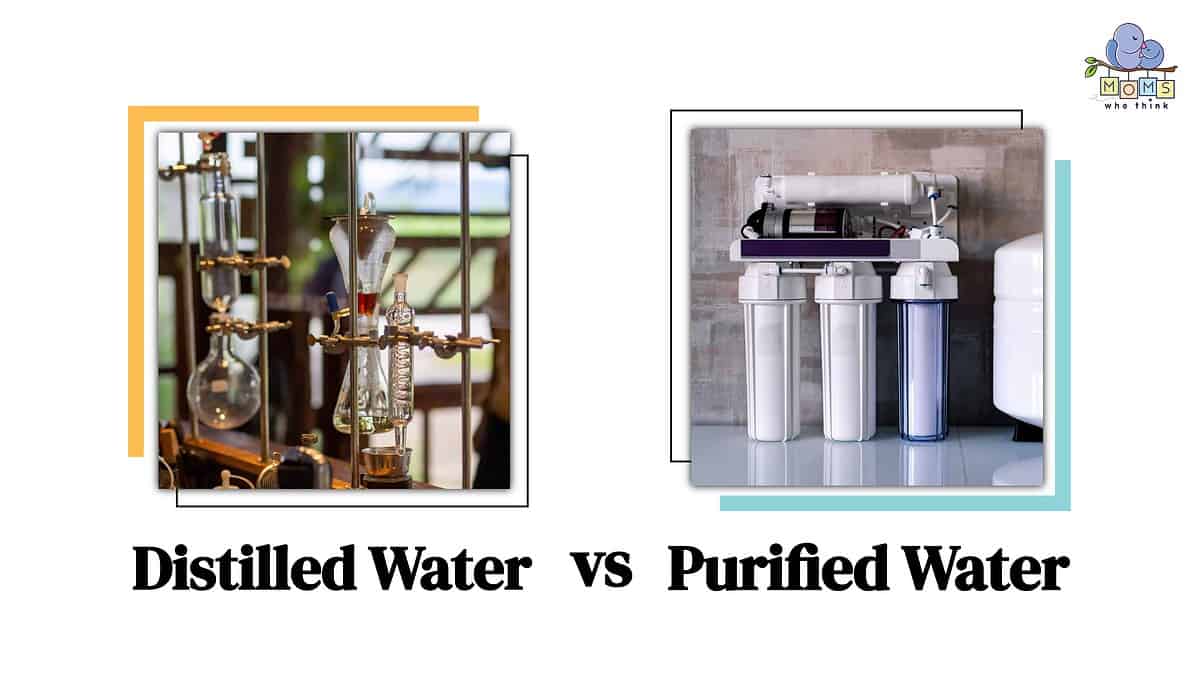
To create distilled water, manufacturers boil water and then collect the steam. When the steam cools, it becomes water again. This process of distillation removes contaminants, impurities, and minerals, which is why hospitals and medical facilities prefer to use distilled water. This is because it is one of the purest forms of water available.
Distilled water is drinkable, but it might not taste as good as other kinds of water because all of the minerals have been removed. Since it is free of chlorine and other contaminants, it is a good water choice for people who have lower immunity from disease.
Purified water is made in a variety of ways, including filtration, ultraviolet sterilization (UV), and carbon filtration. All of these processes remove bacteria, algae, parasites, and traces of metal from water. It also removes fluoride, which is typically added to tap water to prevent tooth decay. However, it still contains some minerals, so it tastes better than distilled water. Additionally, it is easy to make at home or you can buy a water filter from companies like PUR and Brita.
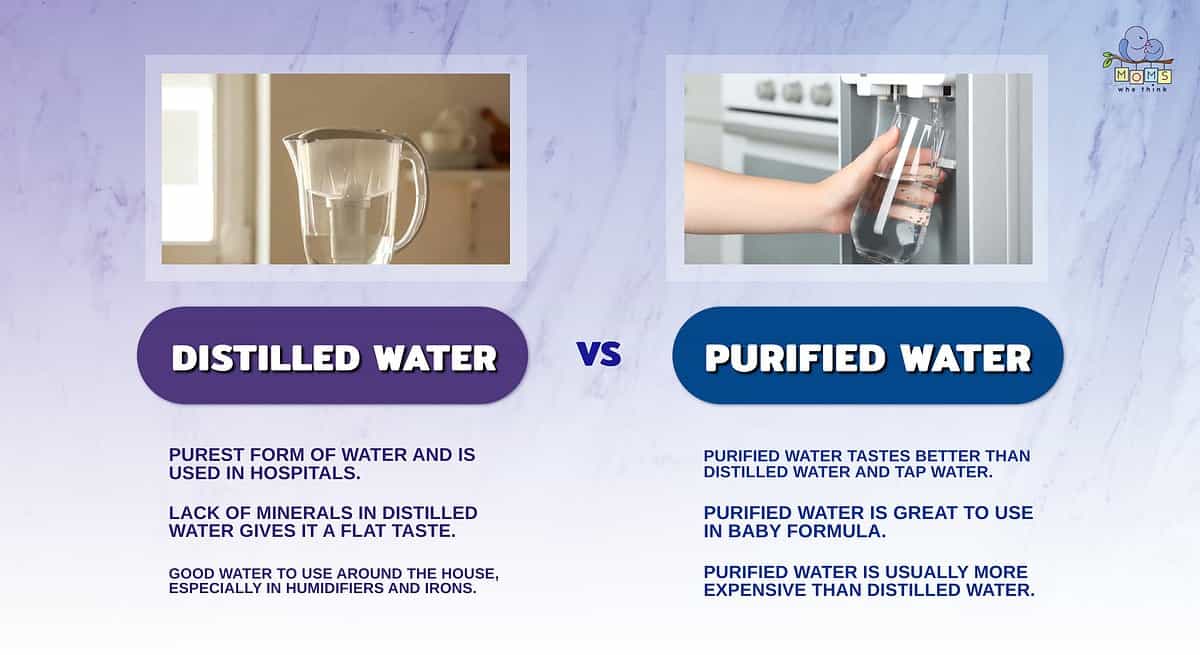
Distilled vs. Purified Water: How Are They Used?
Now that we understand the differences between these two types of water, let us examine how they are used in daily life.
Distilled Water
If you live in an area with tap water that does not taste good or has been compromised, distilled water is an excellent choice. However, since it contains no minerals, including chlorine, you will have to get those minerals in other ways and take extra good care of your teeth. In some ways, distilled water can be too pure for consumption because literally everything is cleaned out of the water.
However, its pure state is why it is the preferred choice for medical facilities. You can also use this water around the house. Distilled water is great in steam irons, humidifiers, and CPAP machines. The cleanness of distilled water prevents the mineral scale buildup in these appliances. If you are making DIY beauty or health products, distilled water is the best kind of water to use. Artists often use distilled water in painting, particularly watercolor, because of its purity.
Purified Water
Purified water is an excellent alternative to tap water. It is completely suitable for everyday consumption, especially if you live in an area where the tap water is not good. Additionally, using purified water in cooking ensures that the water does not affect the taste of the food. It also is preferable in drinks like tea and coffee. Moreover, people prefer ice made from purified water so it doesn't impart any unwanted flavors to drinks.
As far as health concerns, parents often prefer to use purified water to make baby formula. Pet owners prefer purified water, believing that it is better for their health. Some plants are sensitive to impurities in tap water, so using it to care for them can be beneficial. It is better to use purified water when cleaning dental appliances like dentures, mouthguards, and retainers.
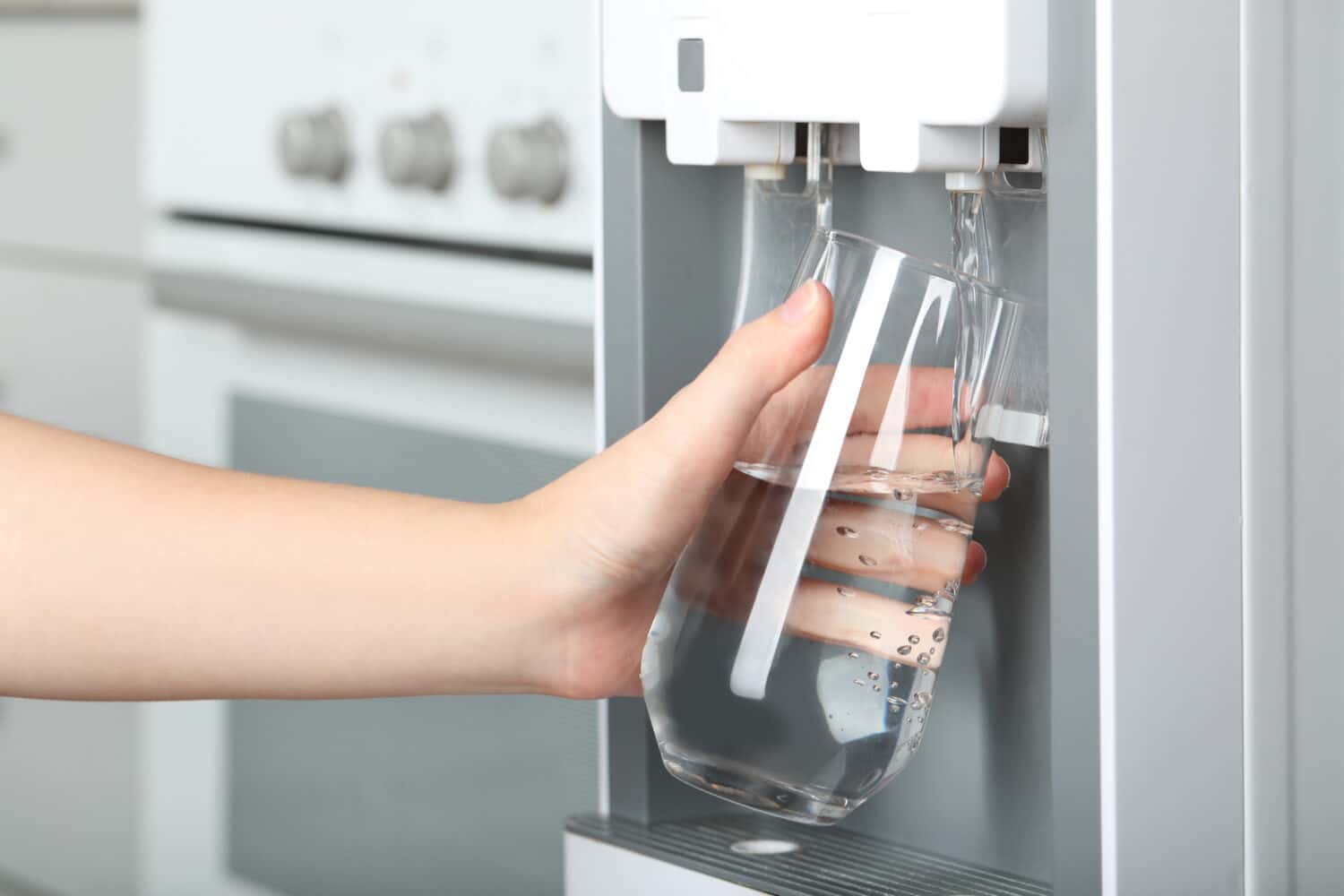
©New Africa/Shutterstock.com
Distilled vs. Purified Water: Which Water is Better?
Distilled and purified water both have their pros and cons. One water is not necessarily better than the other one. It truly depends on your personal uses and preferences. However, here are some pros and cons of each water.
Pros and Cons of Distilled Water
- It is the purest form of water, making it the safest choice for hospitals and people who have weak immunity.
- However, the distillation process removes minerals and electrolytes from the water along with algae and bacteria.
- The lack of minerals in distilled water gives it a flat taste.
- However, it is good water to use around the house, especially in humidifiers and irons.
- Distilled water's involved purification method sometimes makes it more expensive than other types of water.
Pros and Cons of Purified Water
- Purified water tastes better than distilled water and tap water.
- Using purified water in cooking makes it less likely that the water will change the flavor of the dish. This is especially important in sauces, soups, and stews.
- While it is less pure than distilled water, it is still an excellent choice for baby formula.
- Purified water is more expensive than other types of water. However, making purified water at home is better than buying plastic bottles of purified water at the store because it reduces the environmental impact.
- Not all methods of purification remove the same amount of bacteria. This can result in the purity level being lower than we think.
Distilled vs. Purified Water: How to Make at Home
While you can buy both kinds of water at the grocery store, you can also make your own at home. Here are instructions for both kinds of water.
How to make distilled water
To make distilled water at home, you will need the following items:
- A large pot with a lid
- A small bowl (smaller than the pot)
- Ice
- Water
After filling the pot halfway with water, place the empty bowl inside. The bowl should float in the water and not hit the bottom of the pot. Then, set the oven to medium heat, boil the water, and fill the top with ice. Then place the lid on top of the pot. The steam from the boiling water creates condensation on the lid. Moreover, the condensation will drip into the bowl, resulting in distilled water. Once the water has completely cooled, you can store it in a container.
How to Make Purified Water
There are several ways to make purified water at home. In addition to buying faucet-mounted filters or water pitchers from companies like Brita or PUR, you can simply boil water for one to three minutes. Bring the water to a rolling boil, then allow it to cool completely.
In addition to boiling, some people prefer to make purified water with activated charcoal. Make a charcoal filter by putting crushed charcoal into a container and pouring water through it. Charcoal is not the most effective method for purification, but it does improve the water's taste and odor.
Finally, you can fill plastic bottles with water and leave them in direct sunlight for at least six hours. The UV radiation and heat kill any nasty stuff in the water.
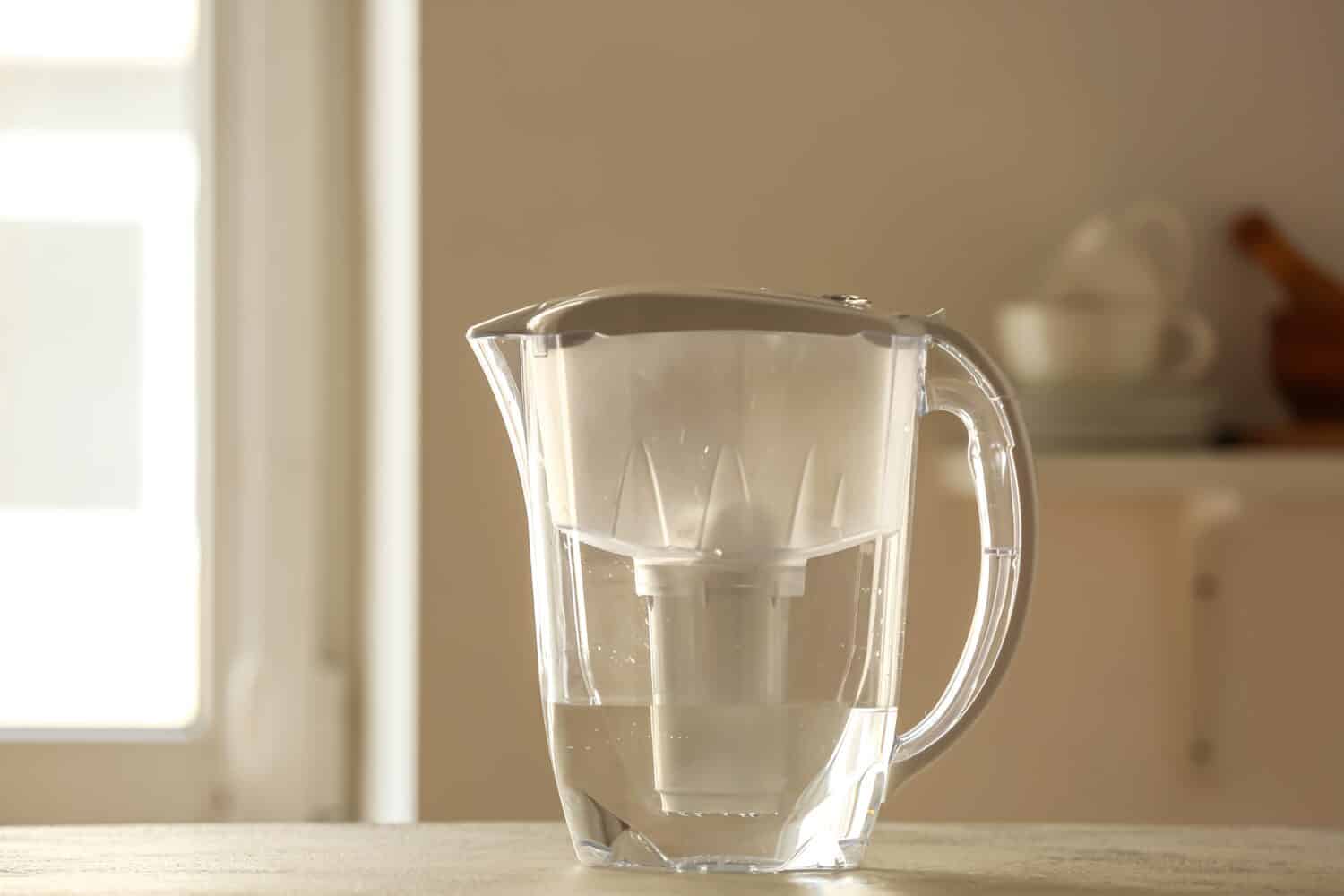
©Pixel-Shot/Shutterstock.com
In Summary
The purification processes to create purified and distilled water are different, resulting in two distinct water types. Distilled water is cleaned by turning it into steam, and then allowing it to cool back into liquid. The result is water in its purest form. Purified water also undergoes filtering, but it is less pure than distilled water. However, unlike distilled water, it still contains minerals and electrolytes.
Distilled water's purity makes it the best choice for doctors and hospitals. In everyday use, it is a great water to use in humidifiers, steam appliances, and CPAP machines. Purified water is an excellent choice for drinking, cooking, and cleaning. It also tastes better than distilled water which can taste a bit flat. Each kind of water can be purchased at the store or made at home. Ultimately, your water choice depends on how you plan to use it in your daily life.